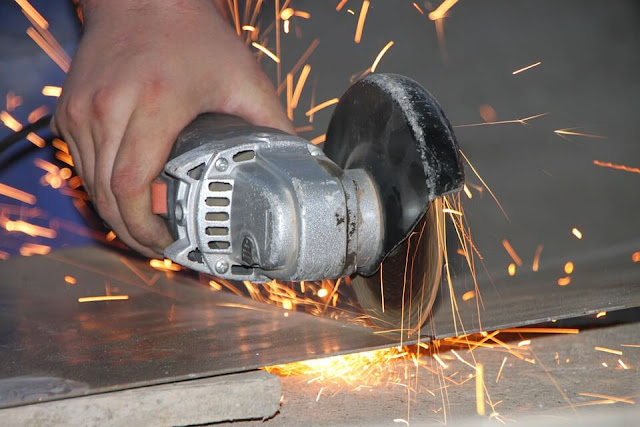Functions and Advantages of Cutting Fluid in Metal Machining
Introduction to cutting fluid
During metal machining process, large amount of heat is inevitably produced due to friction and plastic deformation. Both friction and heat are undesirable in machining. The produced heat should be carried away by some means to protect the tool and work. The cutting fluid is a type of lubricant and coolant designed specifically for metalworking processes. It applied at machining zone to reduce the friction between tool, chip and workpiece and carried away the heat from tool-work interface. The cutting fluid removes the heat as fast as it generated and keep the temperature of tool, chip and workpiece within the limit.🔗Causes of heat generation in metal cutting and Thermal aspects of metal machining
🔗What are the desirable properties of cutting fluid?
There are various types of cutting fluid, which includes oil, gel, emulsion, aerosol, air and other gaseous. The cutting fluids are commonly liquids that apply at cutting zone to improve the cutting condition compare to dry cutting, also facilitates the chip formation. However, workpiece material like cast iron and some type of brass are machined dry. Cutting fluid is one of the main factors that effects the production efficiency.
Functions of cutting fluid
The application of sufficient cutting fluid help metal cutting in many ways. Important functions are listed below- Heat removal - Most important function of cutting fluid is heat removal. Cutting fluid cools down the cutting tool and workpiece. While cutting fluid passing over them, the heat is removed by conduction. Heat removing help to reduce thermal stress and thermal expansion and thus increase the accuracy in dimension of job.
- Keep workpiece at a stable temperature and reduce thermal distortion and thus an improvement in the dimension of work
- Lubrication – The cutting fluid also act as lubricating oil. It lubricates cutting tool and reduces the coefficient of friction. This reduces tool wear and in increase tool life. Lubricating also reduce the heat generation.
- Reduce cutting force and power consumption – The cutting fluid reduces the friction between tool, chip and workpiece interface. As friction reduce the cutting force also get reduced and thus the power consumption for cutting is also reduced.
- Enable optimum cutting speed – Application of cutting fluid reduce the time and cost of production by enabling maximum possible cutting speed.
- Surface finish – Cutting fluid improve the surface finish of job.
- Corrosion resistant – Cutting fluid prevent corrosion of components.
- Chip breaking – The application of cutting fluid facilitates the chip formation, and break chip into small pieces.
- Chip removal – The cutting fluid uses to wash away the chip from tool.
- Reduce tool wear- Extreme pressure additives are often added to cutting fluids to reduce tool wear.
- Anti-welding – Compound like sulphur, chlorine, etc. added to cutting fluid to prevent welding of chip on the tool.
- Ensure the safety of the operator and environment upon disposal (toxicity, bacteria, etc.)


